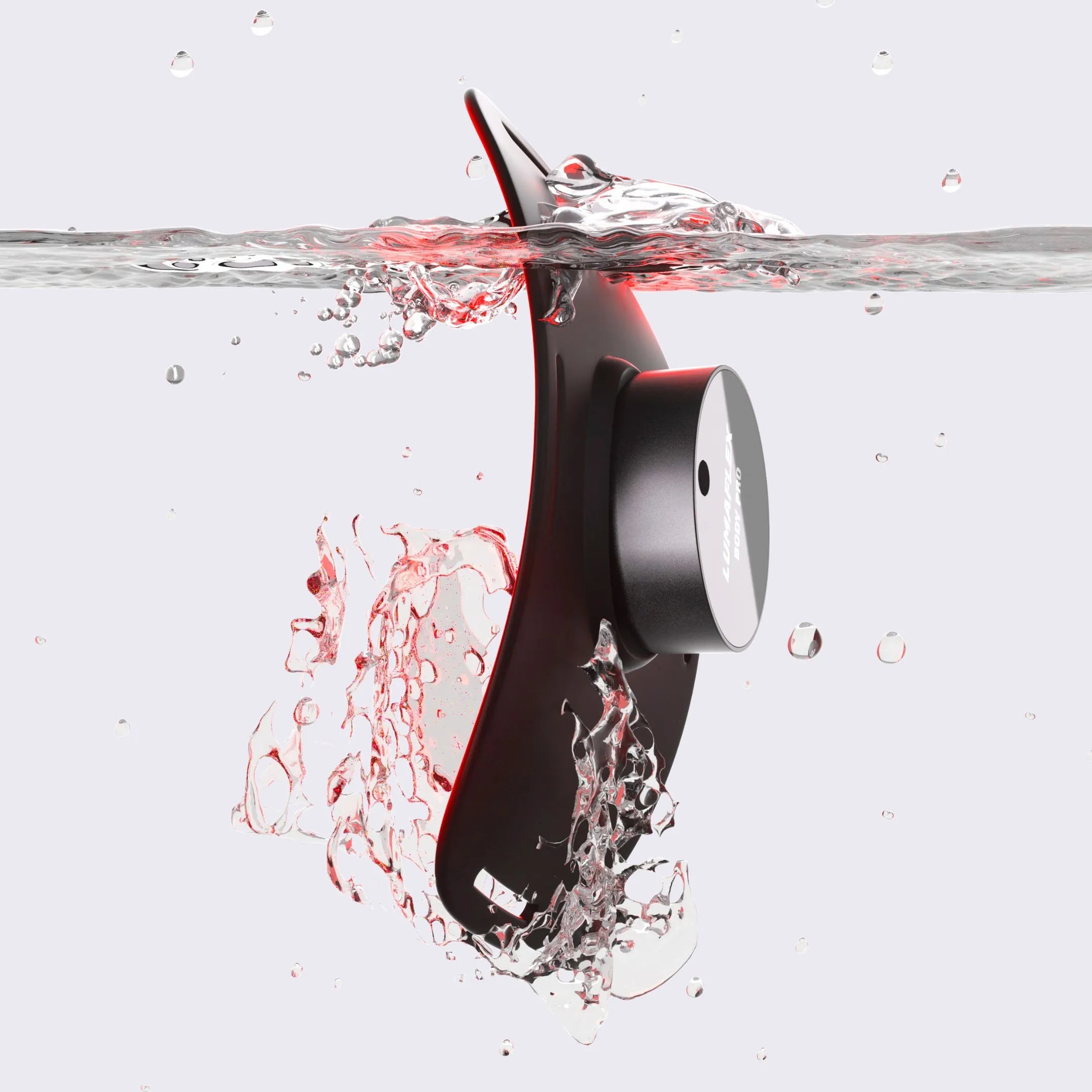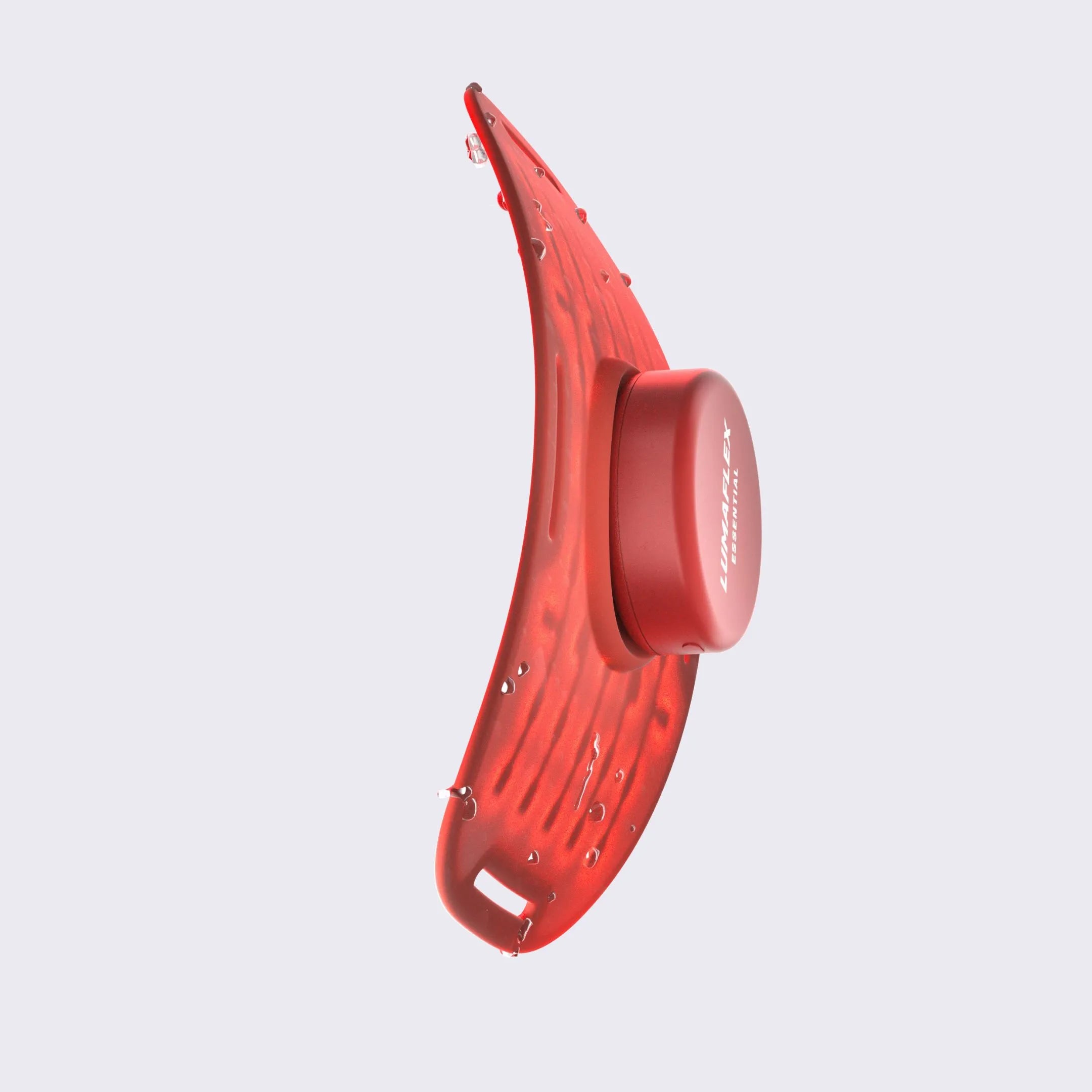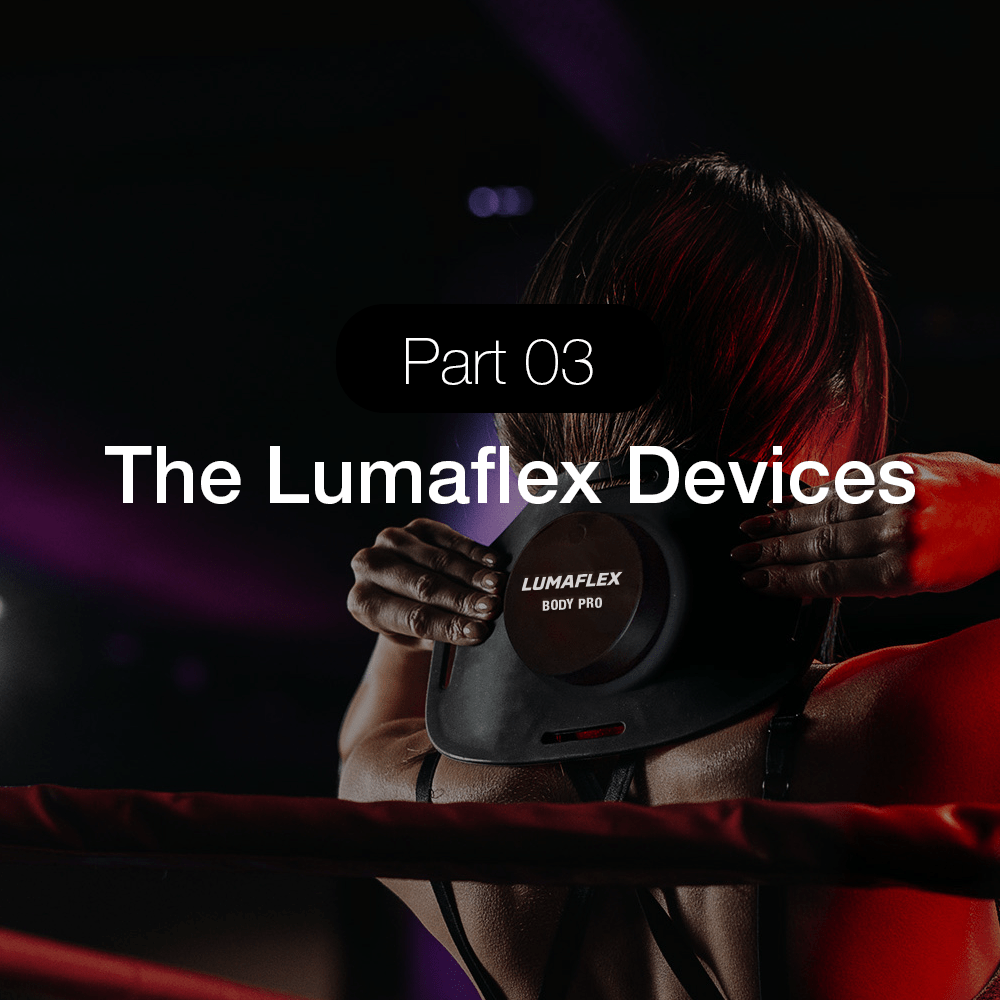Medical-Grade Red Light Therapy Devices for Pain Relief

Introduction
Managing bone and joint pain is a challenge many people face, whether from sports injuries, arthritis, fractures, or the natural effects of aging. Traditional pain management often relies on medication or invasive treatments, but these approaches may not always address the root of the problem.
Medical grade red light therapy devices for pain are emerging as a powerful alternative. By using targeted wavelengths of light, they work at the cellular level to ease inflammation, boost circulation, and support tissue and bone repair. Instead of simply dulling pain, red light therapy helps the body restore itself.
Even more promising, access is no longer limited to clinical settings. Today, medical-grade devices are available for safe, at-home use. Brands like Lumaflex have developed systems that bring professional-level therapy into daily recovery routines, offering people a convenient way to manage pain and support long-term healing.
Table of contents
What Makes a Medical Grade Red Light Therapy Device for Pain Different?
Not every red light therapy device delivers the same results. A medical grade device meets higher standards of precision, safety, and effectiveness than most consumer products. These devices provide consistent irradiance (the amount of light energy delivered) at levels proven to be therapeutic. They also use specific red and near-infrared wavelengths that research links directly to pain relief and faster recovery.
Regulatory approval plays a role as well. The FDA clears certain medical-grade devices after reviewing their safety and performance. By contrast, many consumer-level devices on the market lack this level of scrutiny, which means their light output or wavelength accuracy may fall short of what’s needed for true therapeutic benefit.Here’s how medical-grade and consumer devices compare:
- Light intensity: Medical-grade devices deliver higher irradiance for deeper penetration into muscles and joints.
- Wavelength accuracy: They stay within scientifically tested ranges, while consumer devices may vary.
- Safety standards: FDA-cleared devices undergo safety checks; consumer models often do not.
- Consistency: Medical-grade devices provide stable, reliable performance, while consumer options can be inconsistent.
A medical grade red light therapy device does more than act as a wellness gadget. It works as a clinical-level tool, giving people the chance to experience real improvements in pain management, recovery, and overall healing.

How Medical Grade Red Light Therapy Devices for Pain Work at the Cellular Level
The strength of red light therapy comes from what it does at the cellular level. When specific wavelengths of red and near-infrared light reach the body, a process called photobiomodulation takes place. The light interacts with mitochondria, the energy centers of your cells, and stimulates them to produce more ATP, the fuel that powers repair and recovery.
This increase in cellular energy sets off a series of positive effects:
- Reduced inflammation: Cells become more efficient at regulating the inflammatory response, which is one of the main sources of joint and muscle pain.
- Improved circulation: Red light stimulates the growth of new capillaries, which helps deliver oxygen and nutrients more effectively to damaged tissues.
- Accelerated repair: Extra energy allows cells to rebuild muscle fibers, connective tissue, and even bone with greater efficiency.
Clinical research supports these outcomes. A 2023 study published in Physiotherapy Quarterly found that red light therapy significantly reduced pain scores in patients with chronic neck pain. Another study in the International Journal of Molecular Sciences highlighted its effectiveness for arthritis, showing measurable reductions in inflammation and improved joint function. Evidence also points to benefits in sports medicine, where athletes using light therapy report faster muscle recovery after intense training.
Unlike pain medications that only dull symptoms, medical-grade red light therapy works at the source by restoring normal cellular function. This is why many people experience not only pain relief but also lasting improvements in mobility and recovery.
Many portable red light therapy brands are applying these research findings to create safe, medical-grade systems for home use, giving users access to the same science-driven healing process that clinics provide.

Benefits of Medical Grade Red Light Therapy Devices for Pain Relief
Red light therapy is not a one-size-fits-all solution. Different types of pain respond in different ways, but research continues to show its value across a wide range of conditions.
Arthritis and Joint Pain
Arthritis affects millions of people, often limiting mobility and daily function. Red light therapy helps reduce joint inflammation and stiffness by targeting inflamed tissue and supporting cartilage health. A 2019 review in Pomeranian Journal of Life Sciences found that patients with osteoarthritis reported significant pain reduction and improved joint flexibility after regular red light treatments. Another clinical trial published in SBFoton International Optics and Photonics Conference confirmed its role in lowering pain scores and increasing mobility in patients with chronic arthritis.

Muscle Soreness and Sports Recovery
Muscle fatigue and soreness after exercise result from microtears in muscle fibers. Red light therapy accelerates repair by stimulating circulation and lowering oxidative stress. Research published in the Journal of Biophotonics showed that athletes using red light therapy before or after workouts experienced faster recovery and less soreness compared to those without treatment. This makes it a valuable tool for athletes and active individuals who need quick turnaround between training sessions.

Chronic Pain Conditions
For conditions such as chronic back pain, tendonitis, or fibromyalgia, red light therapy offers relief by restoring normal cellular function and reducing inflammation. A clinical trial in Clinical Rheumatology noted that patients receiving light therapy experienced reduced pain intensity and better physical function compared to placebo treatments. These benefits extend beyond temporary relief, often leading to long-term improvements in comfort and mobility.
Medical grade devices make these outcomes more reliable because they deliver the correct wavelength and power levels validated in clinical research.

Medical Grade Red Light Therapy Devices for Pain, Bone Healing, and Fracture Recovery
Medical grade red light therapy is not only useful for muscle and joint pain. Research shows it can also support bone repair and recovery, making it valuable for fractures, post-surgical healing, and age-related bone concerns.
Fracture Recovery
Fractures take time to heal, often leaving patients immobilized and in discomfort. Red light therapy supports this process by stimulating osteoblast activity, the cells responsible for building new bone.
A study in the International Journal of Pain Management reported that patients receiving light therapy showed faster fracture consolidation compared to those who did not receive treatment. This suggests red light therapy can help shorten recovery timelines and improve bone strength during healing.
Post-Surgery Support
After orthopedic surgery , patients often deal with inflammation, pain, and delayed tissue repair. Red light therapy helps by increasing circulation and reducing oxidative stress at the surgical site.
A 2025 clinical trial in Photobiomodulation, Photomedicine, and Laser Surgery found that patients who received light therapy post-surgery experienced reduced swelling and faster wound closure, which translated into better mobility and comfort during rehabilitation.
Aging Bones and Bone Density
Bone health declines with age, leading to conditions like osteoporosis. Red light therapy has been studied for its ability to improve bone density by stimulating cellular activity in bone tissue.
Research published in Theranostics showed that consistent use of near-infrared light improved bone regeneration in aging models, suggesting potential benefits for seniors looking to maintain strength and mobility.
By supporting cellular repair in bone tissue, medical-grade red light therapy offers a safe, non-invasive way to promote stronger bones and faster recovery.

At-Home vs. Clinical Medical Grade Red Light Therapy Devices for Pain
Red light therapy devices fall into three main categories: consumer wellness products, medical-grade at-home devices, and professional clinical systems. Each type has unique strengths, limitations, and costs, so it is important to understand what you are getting before making a choice.
Consumer devices are widely available and affordable, but they often lack the intensity or wavelength accuracy needed for meaningful results. Clinical devices provide the most reliable outcomes, yet they require in-person visits and ongoing expenses. Medical-grade at-home devices now bridge the gap, offering professional-level power in a format people can safely use every day.
Here is a detailed comparison:
| Feature | Consumer Devices | Medical-Grade At-Home Devices | Clinical Devices |
|---|---|---|---|
| Power & Intensity | Low to moderate (not always therapeutic) | High, within therapeutic range | Very high, adjustable |
| Penetration Depth | Surface-level, mainly skin benefits | Reaches muscles, joints, and bones | Deepest penetration for complex cases |
| Convenience | Simple, but limited results | Use daily at home on your schedule | Requires travel and appointments |
| Cost | $50–$300 upfront | $600–$2,000 one-time | $50–$150 per session, often multiple sessions per week |
| Session Frequency | Daily use recommended | Daily or several times per week | 2–4 times per week depending on condition |
| Best For | General wellness or cosmetic use | Pain relief, recovery, and bone support at home | Severe or complex conditions under medical supervision |
Brands like Lumaflex represent the new wave of at-home medical-grade devices. They combine clinical-quality power and wavelengths with the convenience of at-home use, giving people consistent access to the same type of therapy offered in clinics.
This shift means users no longer have to choose between underpowered consumer devices and expensive clinic visits. They can now experience research-backed results at home with tools built to meet medical standards.
Who Should Consider a Medical Grade Red Light Therapy Device for Pain Relief and Recovery?
Medical-grade red light therapy devices are designed for people who need more than general wellness benefits. They support recovery, mobility, and long-term pain relief, making them especially valuable for certain groups.
Athletes and Active Individuals
Athletes often push their bodies to the limit, which can lead to muscle fatigue, microtears, and joint strain. Red light therapy accelerates muscle recovery and reduces soreness, allowing faster return to training.
A study in the Physiotherapy Theory and Practice found that athletes using red light therapy before and after workouts experienced less muscle fatigue and improved performance markers. For competitive athletes or fitness enthusiasts, consistent at-home access with a medical-grade device provides an edge in recovery.
Seniors Managing Pain and Bone Health
Older adults often struggle with arthritis, joint stiffness, and declining bone density. Red light therapy supports these issues by improving circulation, reducing inflammation, and encouraging bone regeneration.
Research in Nurseline Journal has shown that seniors with osteoarthritis reported less pain and improved mobility after consistent treatment. For aging individuals, at-home use offers a safe, non-invasive way to maintain independence and quality of life.
Post-Surgery Recovery Patients
After orthopedic surgery or fracture repair, recovery can be slow and painful. Red light therapy promotes faster tissue repair and reduces swelling at the surgical site.
A 2022 review in the Journal of Perioperative Practice found that patients who incorporated red light therapy into their recovery experienced quicker healing and improved comfort. Medical-grade at-home devices, like those offered by Lumaflex, allow patients to continue their recovery without relying solely on clinic visits.
For these groups, medical-grade devices provide hospital-level support in the comfort of home, turning recovery into a more consistent and empowering process.
FAQs on Medical Grade Red Light Therapy Devices for Pain
What is considered medical grade red light therapy?
Medical-grade red light therapy refers to devices that deliver therapeutic irradiance, use proven red and near-infrared wavelengths, and meet safety standards such as FDA clearance. These devices provide consistent power and depth similar to equipment used in clinics.
Do home red light therapy devices really work?
Yes, home devices can work when they are medical grade and powerful enough to reach muscles, joints, and bones. Lower-cost consumer gadgets may only offer surface-level benefits, while medical-grade systems deliver clinically tested results.
Is red light therapy effective for nerve pain?
Studies suggest red light therapy helps reduce nerve pain by improving circulation, lowering inflammation, and stimulating nerve repair. Research in Photomedicine and Laser Surgery found positive outcomes for patients with neuropathic pain when used consistently.
Why don’t doctors recommend red light therapy more often?
Some doctors prioritize treatments covered by insurance, such as medication or physical therapy. Others may not be fully aware of the growing body of research. However, awareness among healthcare providers is increasing as more studies validate its role in pain and recovery.
Is red light therapy FDA-approved for pain relief?
Yes. The FDA has cleared certain medical-grade red light therapy devices for pain management and tissue healing. Always check for FDA clearance when choosing a device.
How long does it take to see results in pain or bone healing?
Most users notice reduced pain and better mobility within two to four weeks of regular use. Bone healing often takes longer, but studies show red light therapy can shorten recovery time compared to standard healing alone.
Most users notice reduced pain and better mobility within two to four weeks of regular use. Bone healing often takes longer, but studies show red light therapy can shorten recovery time compared to standard healing alone.
Can you use a medical-grade device at home every day?
Yes, daily use is safe when you follow manufacturer instructions. Typical sessions last 10 to 20 minutes per area. Medical-grade devices are designed for frequent use without harmful side effects.
Does insurance cover red light therapy devices?
Most insurance plans do not cover at-home devices. Some clinical treatments may qualify for partial reimbursement, but many users choose at-home devices to avoid ongoing appointment costs.
Key Takeaway: Why Choose a Medical Grade Red Light Therapy Device for Pain Relief
Bone and joint pain can disrupt everyday life, whether it comes from arthritis, injuries, or the natural effects of aging. Choosing a medical grade red light therapy device for pain ensures that the therapy works at a level proven to reduce inflammation, improve circulation, and accelerate tissue and bone repair. Unlike quick fixes that mask discomfort, these devices address pain at its source by restoring normal cellular function.
For many, the appeal lies in the fact that the therapy is non-invasive, safe for daily use, and increasingly accessible outside of clinical settings. Medical-grade devices bring reliable pain relief and recovery support into the home, making consistent treatment easier to maintain.
Brands like Lumaflex are leading this shift by offering at-home systems designed to meet medical standards. If you’re ready to experience portable, wearable, and clinically validated red light therapy, consider Lumaflex The Body Pro Kit. It’s designed to deliver professional-grade relief wherever you are, helping you manage pain and support recovery naturally.
Related Readings
- The Gold Standard: FDA Cleared Red Light Therapy Devices for Serious Biohackers
- Red Light Therapy: Comprehensive Evidence-Based Analysis
- Lumaflex Joins the MAHA Inauguration Ball: A New Era for Red Light Therapy
- Red Light Therapy for Pain 101: Benefits and How It Works
- Can Cartilage Regrow Naturally? Joint Health, Therapies & New Research
- Red Light Therapy for Tendon Repair
- Accelerated Bone Healing with 660 nm Low-Level Laser Therapy and Bone Marrow Coagulation
- Synergistic Effects of Concentrated Growth Factor and 1064 nm Low-Level Laser Therapy on Bone Healing
- 1064nm-LLLT Induced Osteogenic Repair
- Dog Arthritis Treatment: Relief for Your Pup’s Pain
































